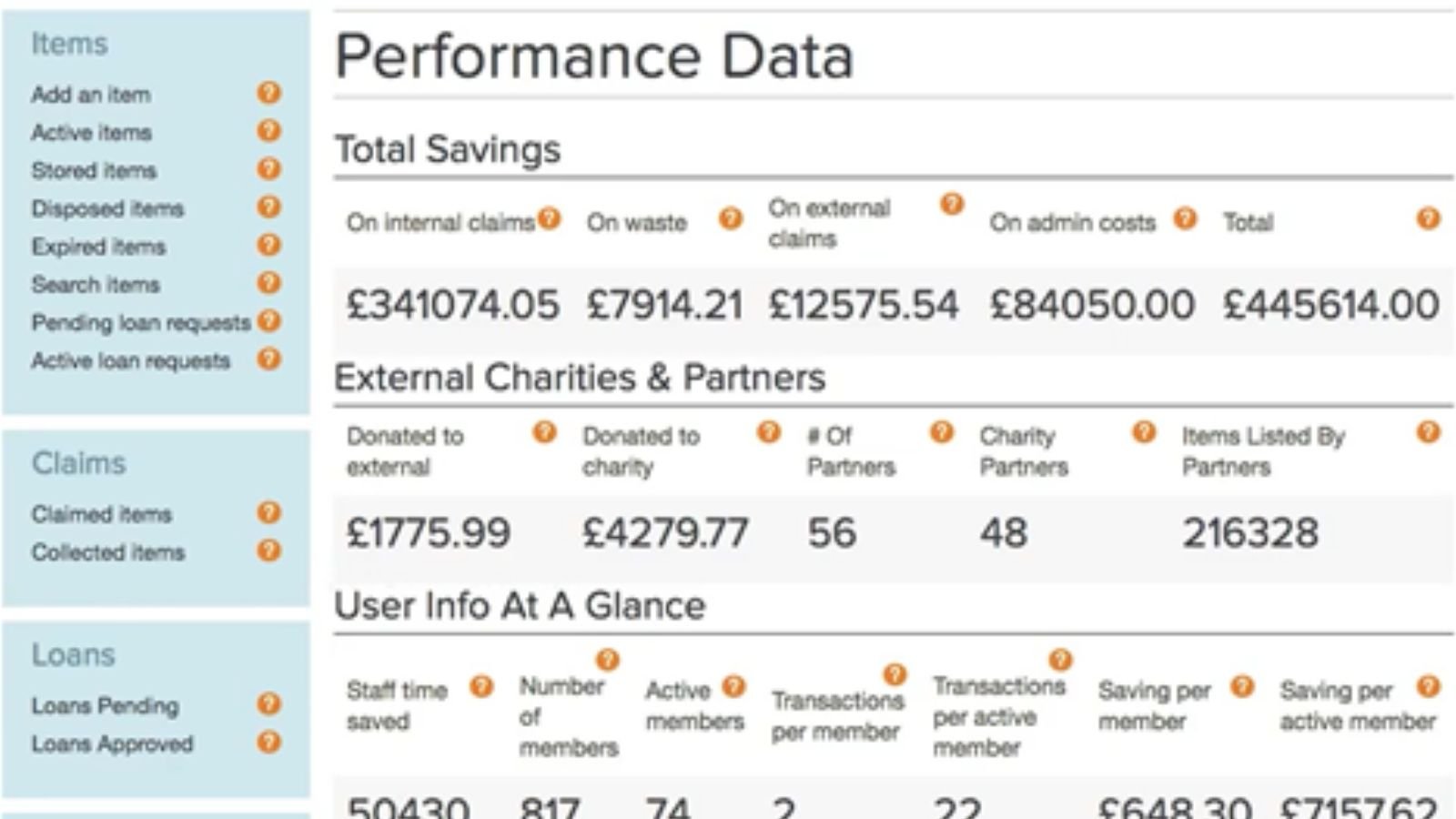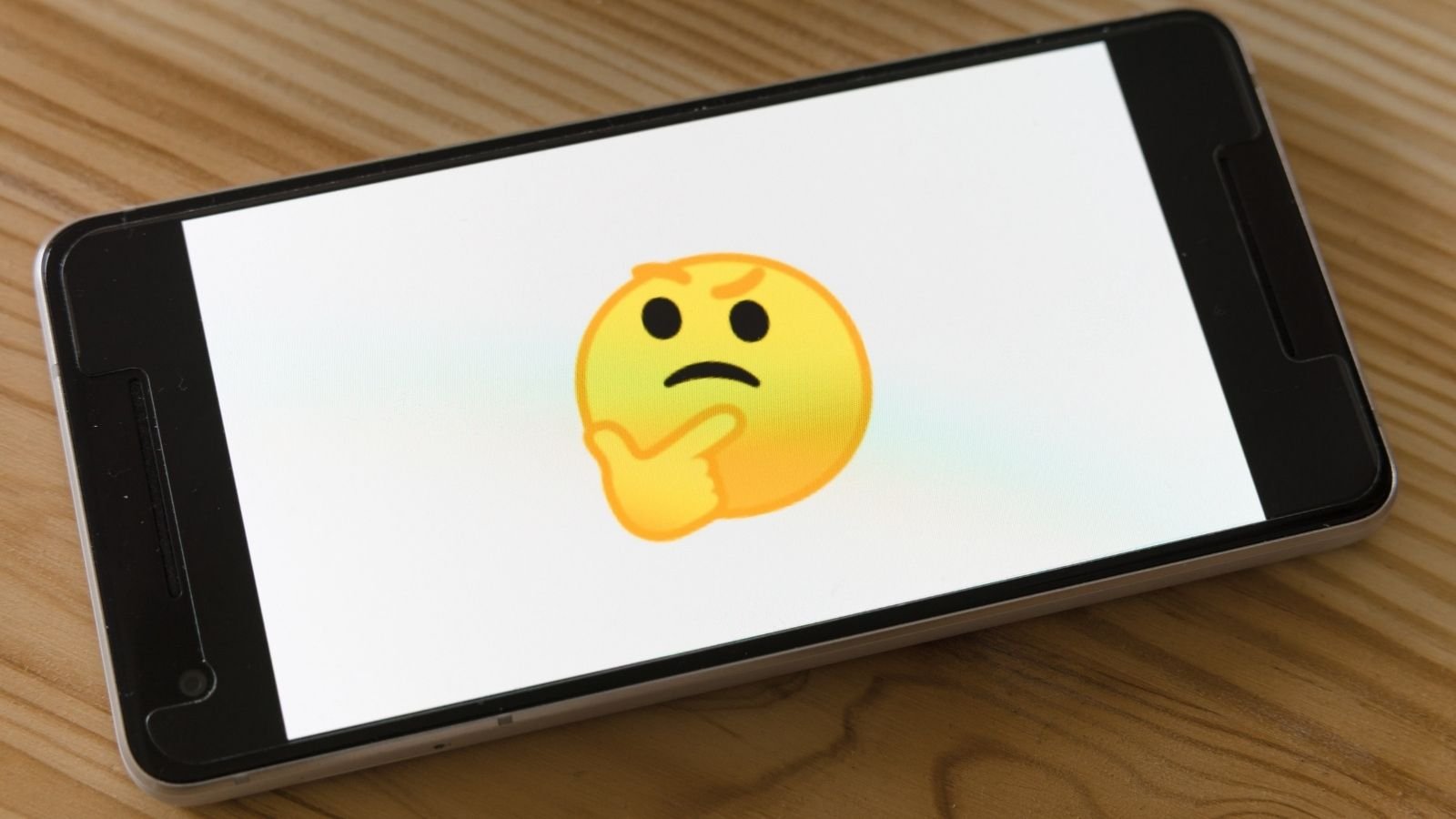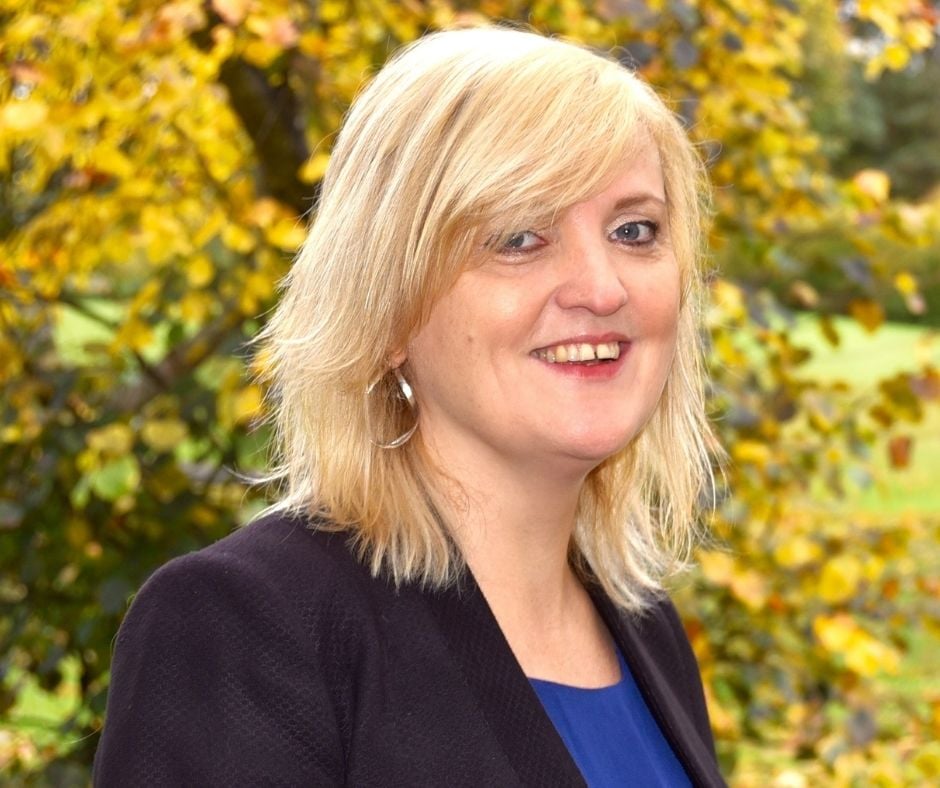Stop right now, have you checked your facts? Can you tell the difference between fake and true news?
According to a 2017 Channel Four survey, just 4 percent of UK adults can correctly identify whether a news story is fake or true.
Fake news, hoaxes, and false information is spread online and is known as misinformation and disinformation.
Misinformation is where false information is shared accidently and not intended to cause distress or harm. Meanwhile, disinformation is false information shared with the intent to cause harm and mislead. See more on these definitions.
It’s a persistent and growing problem and social media makes it that much easier to share, deliberately or unknowingly, exposing more people to dubious content.
This particularly worrying when it concerns important issues like the environment, the climate crisis, health, and war.
The key to stopping it is learning how to spot it. Here are our tools and tips to help put you in the picture and ensure you relay only accurate information to others. You can also see our summary on why truth and accuracy are so important.
Tools

Take care with what you share

This UK Government-led campaign includes a useful checklist to help you separate fact from disinformation. Before you like, comment, or share content online, it suggests you consider if the information looks and sounds right.
Crash course on fact-checking

First draft

UK non-profit First Draft has a collection of toolkits, training courses, and resources to help you sharpen your skills and stay one step ahead of misinformation. They are also available in French, Spanish and German.
Verify the photos

It can be incredibly difficult to spot fake images and videos but it’s important to do so as they can spread like lightening. Here are nine tools you can use, rounded up by IJNet.
This applies to your reuse data too

Tips
Unfollow or mute repeat offenders

Mute, unfollow, or unfriend those who persistently share fake news, intentionally or not. This is especially good advice if the option of a civil discussion about their sharing of misinformation isn’t realistic, or if you simply want to safeguard your time and mental health. We’ve a host of advice here on putting yourself first, including hacks to unplug and switch off from social media and tips on how to stop emails adding stress to your already-complicated day.
Watch out for fake profiles or bots

A common way for misinformation to spread is through social media bot accounts and fake profiles. These accounts are intentionally designed to mislead and misinform, so it’s important not to be fooled. Most major social media platforms are aware of this threat, and suspicious clues include the following.
If the name of the account is a string of letters and numbers, chances are the name was autogenerated and the account is a bot. If the account is brand new or opened within the last year. If the frequency and volume of posts are more than humanly possible. If the account doesn’t have an authentic photo for its profile picture. A fake profile often has a generic and fabricated feel to it, the bio will seem insincere, and these accounts typically only post about one subject matter.
Bot detection isn't a simple task; First Draft has collated a comprehensive list of indicators to help identify suspicious online activity.
Develop a critical mindset

Always consider whether the information has a named, reliable source. Who is the author? Is the story fact or opinion? True stories usually link to the writer’s details, so if there’s no author dig deeper. What is missing from the story? Fake news often omits information. Are there lots of spelling or grammar mistakes? Check beyond the headline. Even reputable sources can use a provocative headline, or clickbait, to attract readers, so read on before sharing. Check the website URL; it may mimic a legitimate one, but if it contains mistakes or unusual formatting it’s probably fake.
Are you physically or mentally tired?

We are often more vulnerable to accepting false information when our cognitive resources are exhausted. Often ignored, but totally necessary, self-care will help sharpen your mental and physical health. Read more on this here and see our tools and tips to help you put your self-care plans into place. If you're struggling with sleep, see our advice on how to sleep better.
Trust your gut

Human intuition is strong so trust your instincts. If something doesn’t seem quite right, there’s probably a real problem. If something sounds too good to be true, it probably is. See our actionable tips and tools to help you improve your decision-making skills.
Now read our account on the importance of truth and accuracy.









